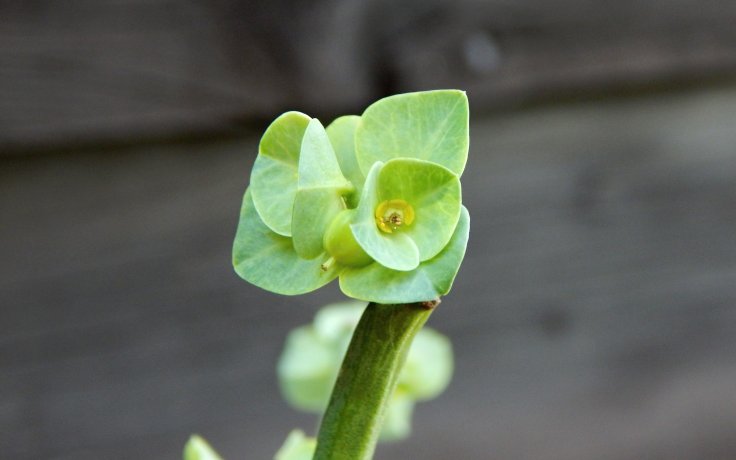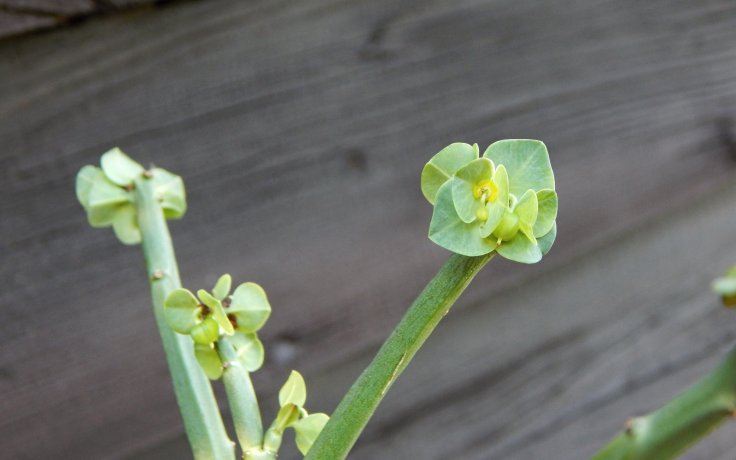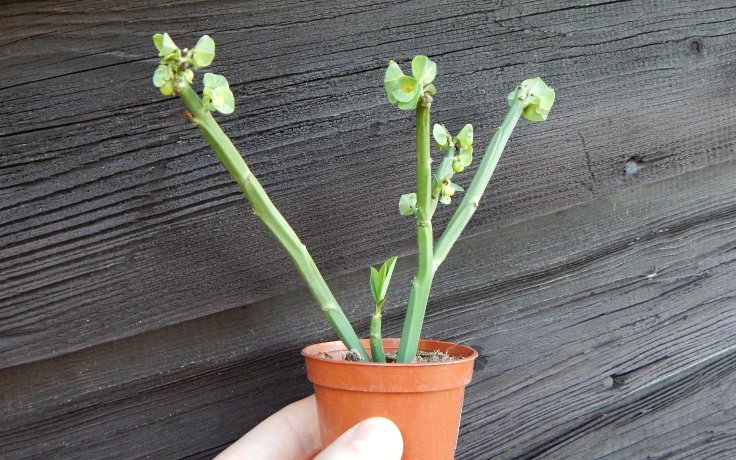- Home
- Succulents
- Euphorbia
- Euphorbia phosphorea





Euphorbia phosphorea
Place in a sunny position or in partial shade. The plant is not demanding of light.
Water whenever the substrate dries out, and water regularly throughout the year. Watering should be slightly reduced over winter only.
The plant is said to be able to withstand short-term temperatures down to -7 °C. However, it is not hardy.
In the wild, it can grow up to 2 m in size. However, if surrounded by other vegetation, it can grow up to 6 m tall. In our country, however, it normally grows to a height of several tens of centimetres.
Euphorbia phosphorea refers by its epithet to the phosphorescent light that is often attributed to it. Its milk is said to glow with a soft light when removed from the plant and heated slightly. The sphagnum usually grows on bare rocky hills and gravelly plains, thus falling within the vegetation of the caatinga - cactus and succulent vegetation in the region of northeastern Brazil. It often forms dense colonies in these locations.
Small leaves can be found on the tops of the branches, which soon fall off. The succulent thus forms a rather leafless shrub, with its branches forming an intricate crown a few centimetres above the ground. In the wild it grows to a height of about 2 m.
At the end of the branches, reddish-pink flowers grow at the nodes at flowering time. The delicate cyathia literally cover the bare branches and visually cover the entire shrub with a flood of red hues.
Like most members of the genus Euphorbia, this succulent also oozes rubber when the epidermis is disturbed. Care should be taken to avoid getting it in the eyes and it is advisable to wash hands if it comes into contact with the skin. In its places of origin, this gum is used to etch warts and malignant ulcers. The plant likes to be fertilised. Euphorbia phosphorea is an extremely hardy succulent plant that is suitable for growing in portable containers.